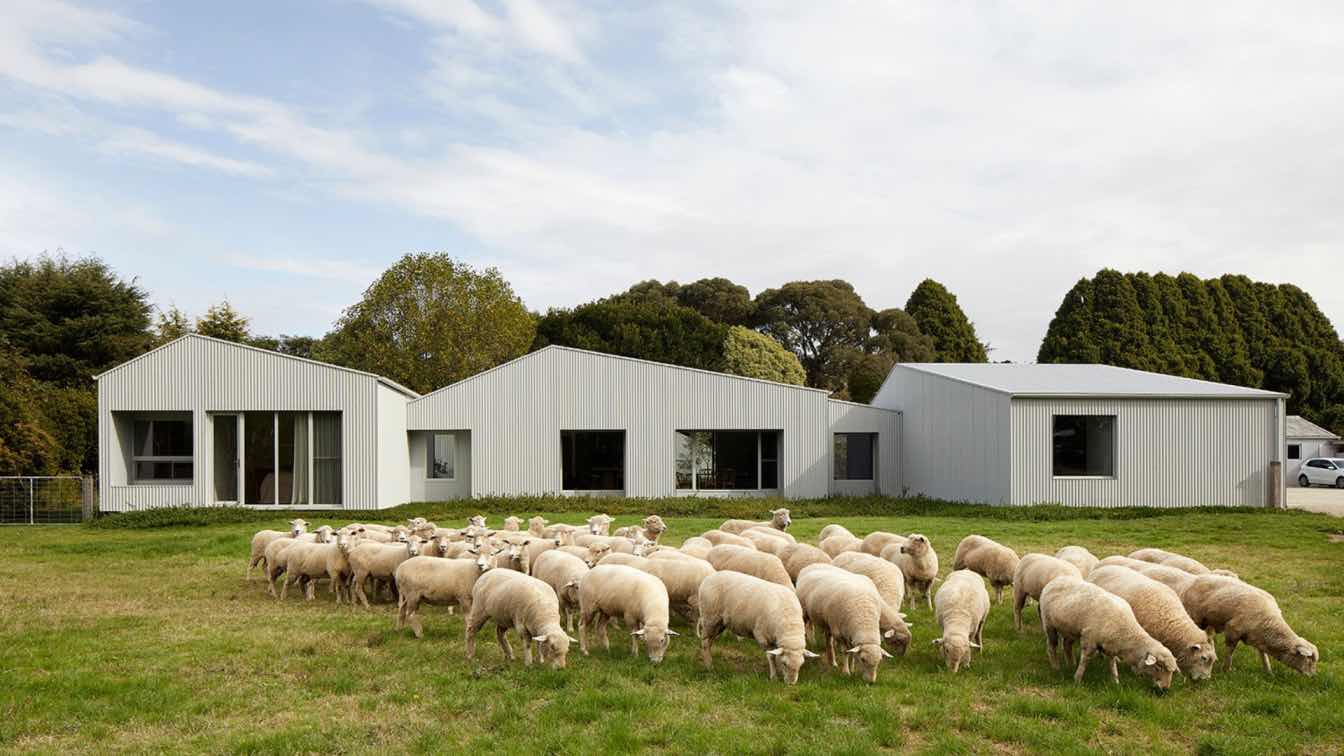
Shady Creek is a working sheep farm located on the outskirts of Warragul in Victoria’s West Gippsland. This new farm house replaces the existing and contributes to the operational aspects of the farm while responding to the clients request that the house create a nostalgic connection to the original sheds that have been retained.
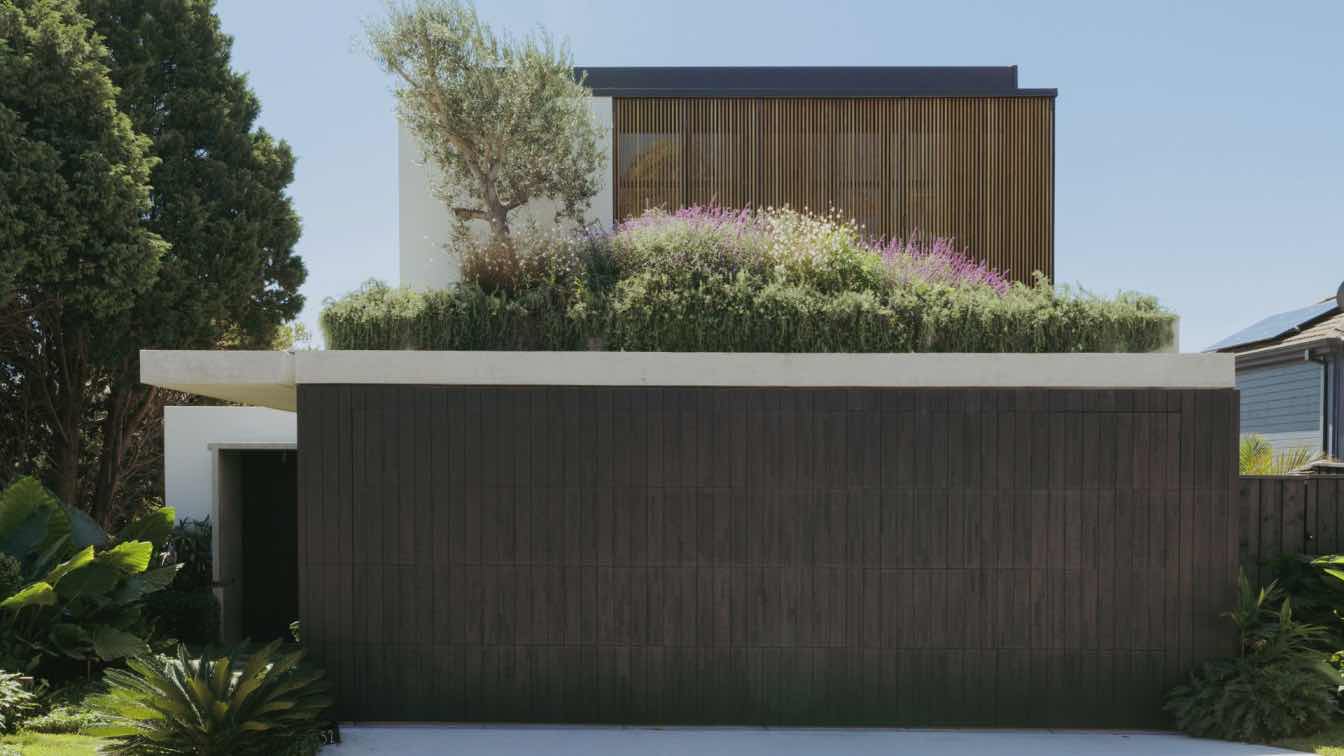
Little Birch represents a case study in the bespoke detail. Realising a young family’s dream to achieve the day-to-day calm of resort living adjacent to the daily grind. Resort vibes, domestic ease.
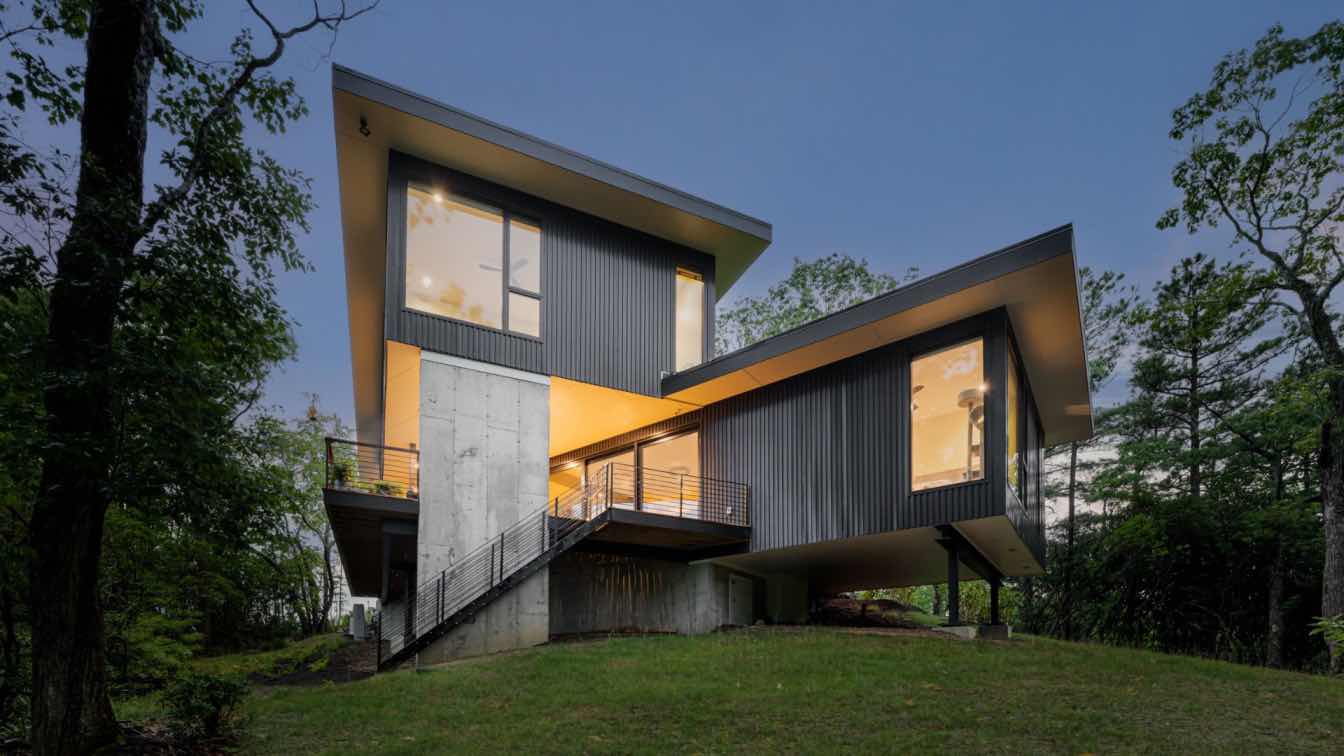
Knoll House is a modern home situated in a conservation community in Asheville, NC. The house was commissioned by a couple with two adult children who moved to the Appalachia from Florida in search of cooler climate, small town culture, vibrant culinary scene and beautiful mountain vistas.
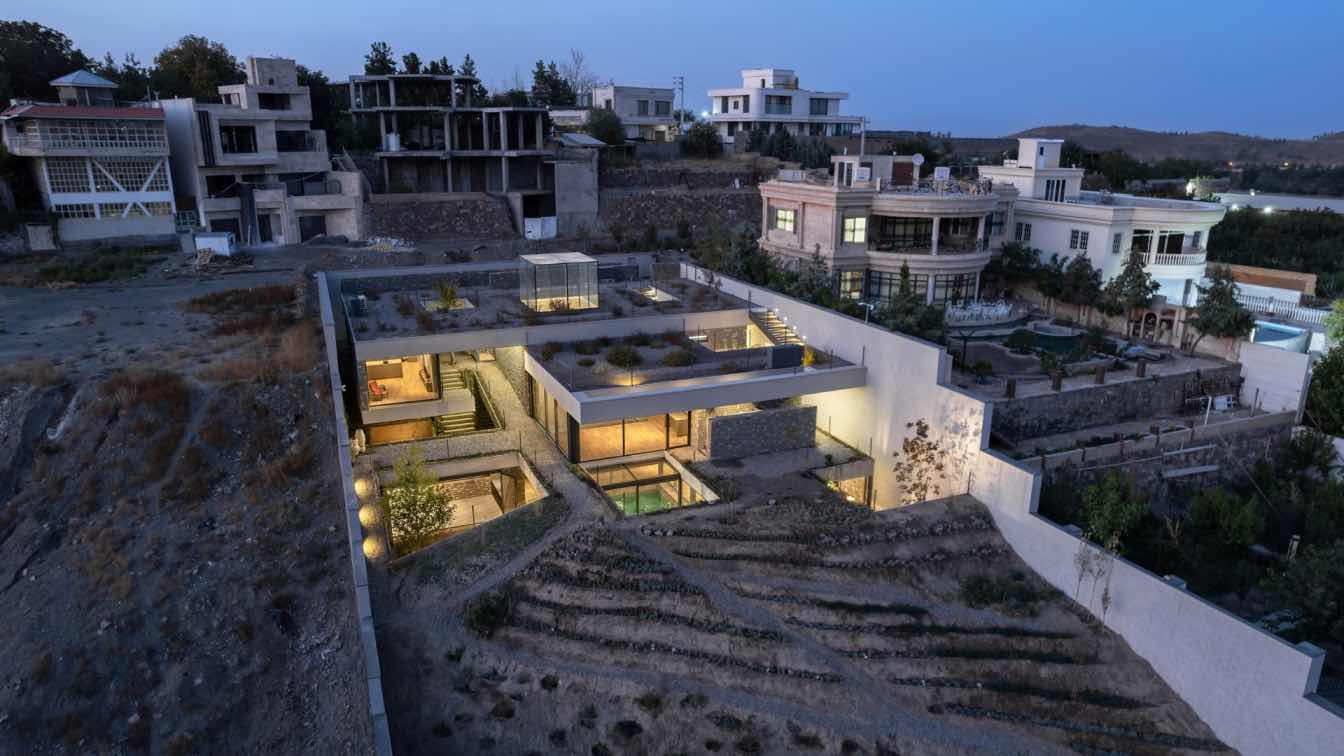
The design and construction of a project on a steeply sloped terrain in Shandiz, adjacent to a seasonal river, with mandatory boundary consideration and weekend villa program, was assigned to Abar office.
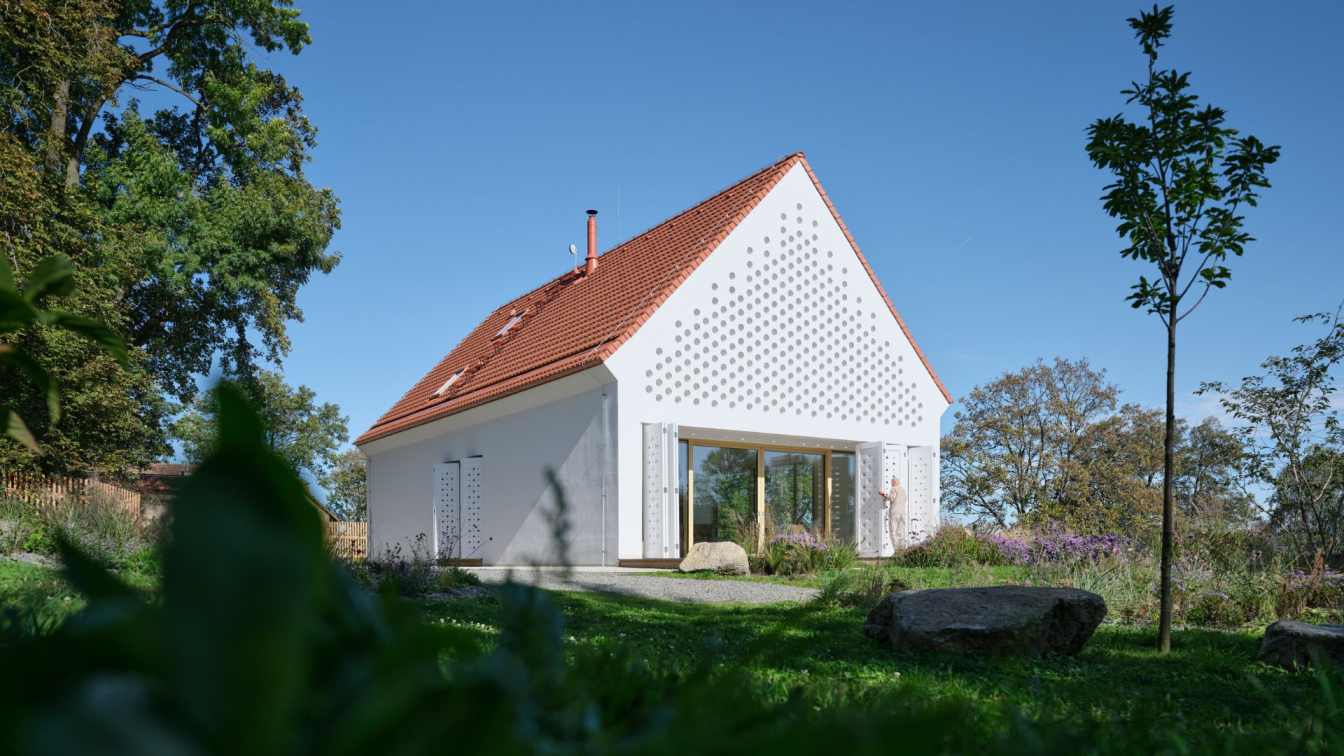
The House Oskar was built in a generous garden that originally belonged to the neighbouring chateau in the South Bohemian village of Kamenná Lhota. The site’s remarkable genius loci is enriched by the remnants of a Baroque barn, centuries-old mature trees.
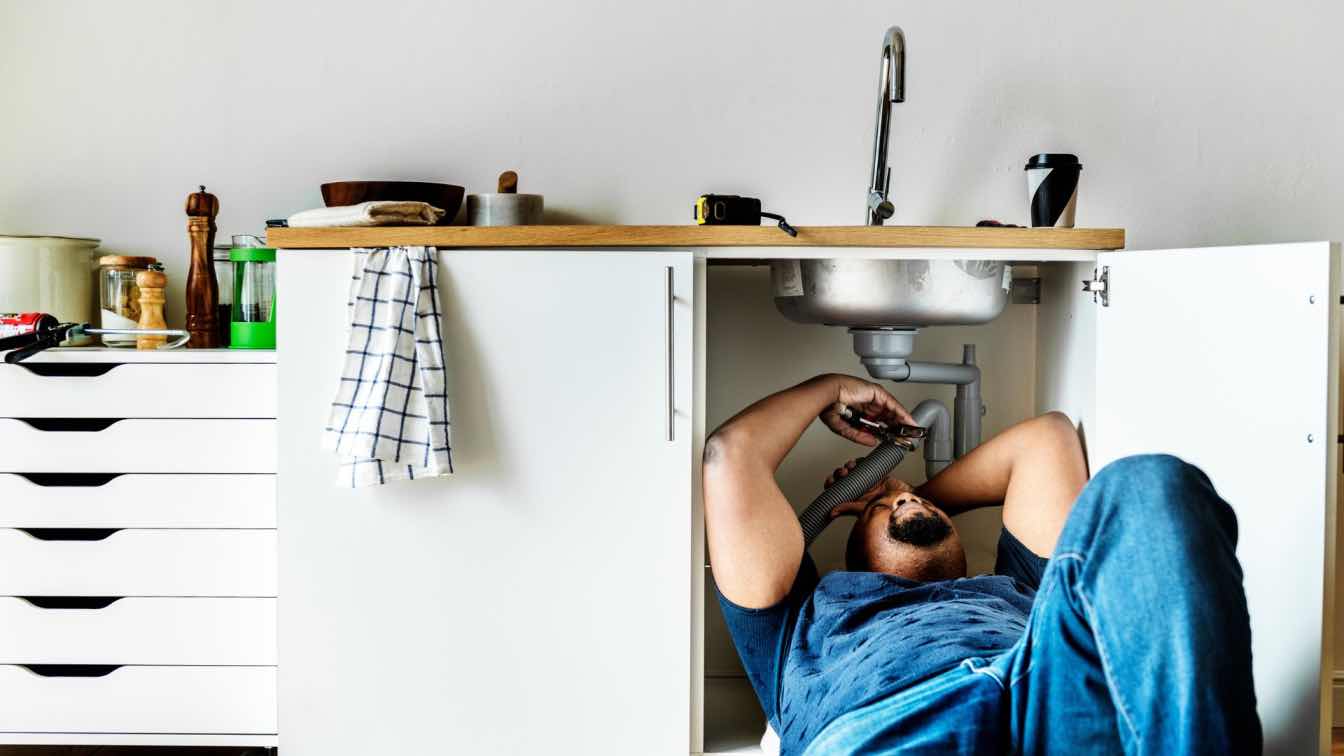
Ignoring clogged drains in your business carries hidden costs, impacting your bottom line, reputation, employee health, the environment, and even your sanity.
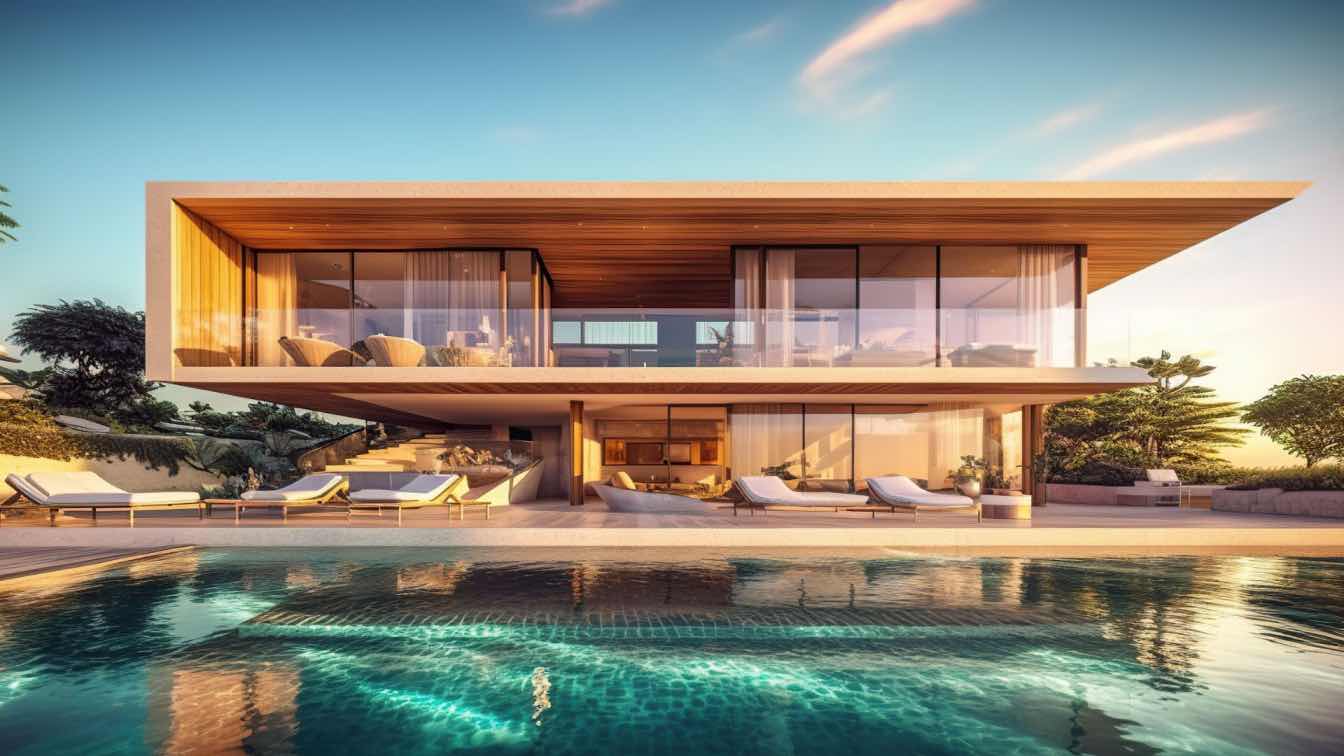
The New Home Builder's Advantage: Benefits of Buying a Newly Constructed Home
Articles | 3 months agoInvesting in a newly constructed home offers a unique blend of modern living, energy efficiency, long-term value, and emotional fulfillment. From customization options and comprehensive warranties to the peace of mind of owning a brand-new property, the advantages are compelling.
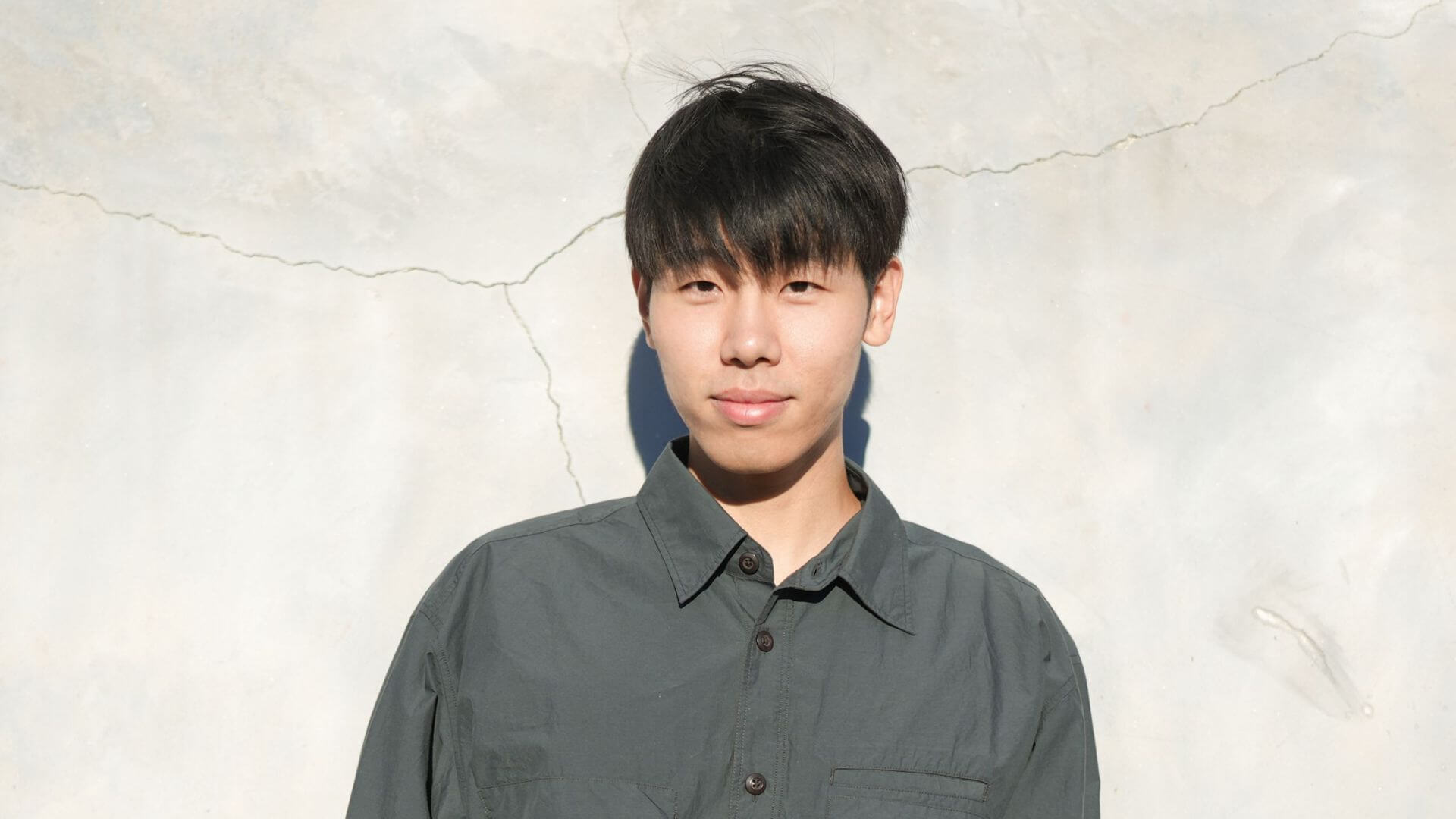
Recently, Los Angeles–based architectural designer Zijie Wei earned international recognition as a Finalist in TerraViva's Easdale Ferry Office competition. Regarded as one of the most respected platforms for experimental and socially engaged architecture, TerraViva attracts top talent worldwide.